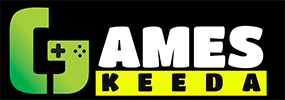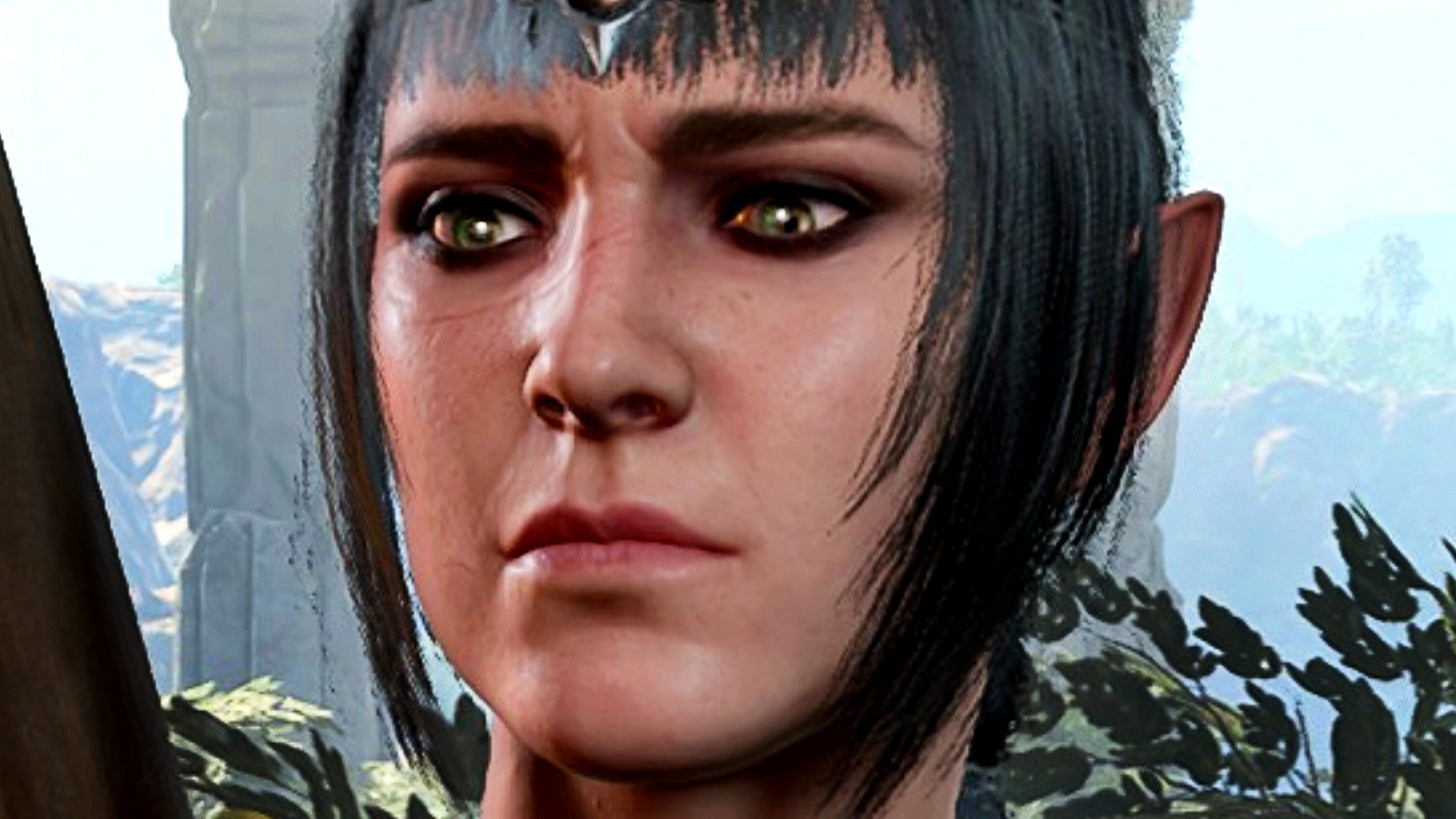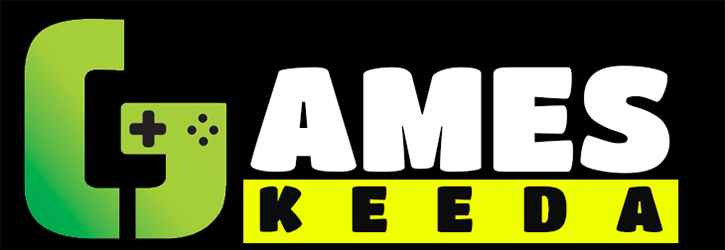[ad_1]
The Creator doesn’t seem like the rest out in theaters proper now. Whereas it clearly expands on visible precedents from movies like Apocalypse Now, Blade Runner, and Akira, the most recent sci-fi motion film from Rogue One director Gareth Edwards feels equally indebted to the temper and spirit of our up to date actuality, thanks in no small half to Edwards’ resolution to movie on website throughout eight completely different nations, together with Nepal, Cambodia, and Thailand.
The movie stands aside from its contemporaries in its pronounced emphasis on sturdy artwork course, grounded in an emphasis on tactile retrofuturism. It’s evident in all the things from the costumes and robotic designs to the ominous jagged silhouette of NOMAD, the low-orbit nuclear warship that hovers within the sky all through nearly all of The Creator.
By way of Zoom, Polygon spoke to The Creator’s manufacturing designer, James Clyne, to speak about how he and Edwards honed in on The Creator’s distinctive aesthetic. We mentioned the significance of graphic design in worldbuilding, and the way the 1982 film Pink Floyd – The Wall inadvertently impressed NOMAD’s design.
Polygon: What was it like working with Gareth Edwards on the aesthetic of The Creator? What had been your visible and philosophical guiding rules for a way this explicit universe ought to feel and look?
James Clyne: That’s a giant query. I imply Gareth, on so many ranges, he’s very hands-on together with his filmmaking. He likes to function the digital camera, he likes to be concerned on each stage, and that features artwork and creating what this world could possibly be. So a whole lot of our preliminary discussions had been simply influences, what had been we influenced by. We’re type of the identical age. We grew up within the ’80s with all these nice sci-fi films like Complete Recall and Blade Runner. However then we’re additionally influenced by films like Apocalypse Now.
There was one particular film that caught out — Baraka. In a approach, we checked out that film and thought, What if Baraka was made 60 years from now, and we had been in a position to watch it at present? What would that seem like? What does that imply, what does that really feel like? As a result of Baraka is such an ideal documentary of at present’s tradition, of humanity, the place we’re and the place we’ve been and the place we’re going. And Gareth has a little bit of a documentarian sensibility, in that he needs to simply go right into a location and shoot it as is. That’s what we did rather a lot within the movie, simply go into these actual places in Southeast Asia and shoot stunning images.
In order that was one factor we knew we needed the film grounded on, these very unique pure places. After which we requested what sort of world we needed to construct on prime of that, which was one other massive dialogue. As a result of it was Southeast Asia, we had been influenced by Japanese tradition of the ’90s and the way they constructed their expertise. Walkmans, televisions, and stereo tools, all of them had this very tactile look. We’re so used to iPads and iPhones — a sheet of glass laminated onto a metallic backing. We simply thought that wasn’t going to be essentially the most cinematic factor.
So we thought, What would a Walkman seem like 60 years from now? How can we preserve it tactile, with actual buttons and actual LED shows, however make it our personal type of future? What if that expertise from the ’90s simply went in a special course, and we nonetheless used very tactile tools? That performs into all the things from the costume design and props to the automobile designs all the way in which as much as the design of NOMAD itself.
:no_upscale()/cdn.vox-cdn.com/uploads/chorus_asset/file/24959346/tlov_trl_F_int_ov_v19_txt_scp_709_e02_cc01_20230630_00000_copy_5.jpg)
Picture: twentieth Century Studios
The robots on this film are fascinating, particularly the insectile facial construction of the older-generation robots with their pincer-like mandibles, in comparison with the newer “Simulant” fashions. How did you choose each of these designs?
With all the things on this film, we began with actually tough sketches, whether or not it was in a sketchbook or we’d work on the pc. We needed to maintain issues unfastened. This insectoid look happened the place we didn’t need them to look humanoid, however we needed them to show their very own evolutionary course of. Like a sure animal evolves throughout thousands and thousands and thousands and thousands of years into one thing else. What if robots took the preliminary thought of the human kind and advanced into one thing else? We simply latched onto extra of an insectoid look. Bugs themselves nearly really feel like they’re made out of another materials; they’re not manufactured from flesh. That simply appeared acceptable for our designs.
With the Simulants, there was a need to verify they may emote like people, so after we have a look at Alphie, or we have a look at her room, as an viewers, we’d really feel what they had been feeling. However once they flip their head, there’s a gap of their head that goes during. There’s a cavity behind the top that’s totally uncovered, that’s an impossibility to do with simply make-up. The precise design language of that goes again to this concept of retrofuturism, of outdated tech mixing with new tech. Possibly there’s a battery pack that masses into the again of the top, this emphasis on bodily and tactile components, reasonably than this extra slick, nearly Minority Report model of the longer term. Which I additionally suppose is cool, however we needed to take this completely different method, and make it extra grounded in some type of actuality.
One other fascinating robotic design was the suicide-bomb androids the U.S. navy deploys close to the tip of the second act, with the way in which they salute their commanders earlier than scampering off to kill their targets. What was the thought course of behind these?
We needed to create one thing that, even when it had been simply standing there and never doing something, it could intimidate the viewers and make them go, That’s not a robotic, that’s a bomb. The perfect form we had been in a position to arrive at was type of a giant cylinder. It regarded like one thing that will be dropped from a aircraft or shot out of the barrel of a cannon off of a tank or a battleship, nevertheless it simply occurred to have legs and arms. We didn’t wish to create one thing so summary that the viewers wouldn’t perceive that this factor goes to blow up, so we put warning stripes on it and different graphics that gave off the thought of “Don’t mess with this factor.” We needed to make it cool, useful, and plausible.
:no_upscale()/cdn.vox-cdn.com/uploads/chorus_asset/file/24959344/V1_0044_frm_pull.043.jpg)
Picture: twentieth Century Studios
You talked about the design of NOMAD, the flying nuclear warship that hangs like a sword within the sky for a lot of the movie. It’s one of the vital placing designs in The Creator. It jogged my memory a whole lot of the orbital laser from Akira, and I do know Edwards has in contrast it to a “chicken of prey” in interviews. What was the inspiration behind that?
I believe a sword is a superb analogy for what NOMAD is, which is a weapon. We did 1000’s of sketches and considered shapes that had been aggressive and intimidating. I bear in mind getting somewhat pissed off whereas attempting to nail down the which means behind NOMAD’s design, so I despatched Gareth a picture from this film known as Pink Floyd – The Wall. I noticed it as a child, and it actually messed with my head. Some actually disturbing photographs of battle, one in all which was this raven-shaped chicken of prey that flies over the panorama on the lookout for unsuspecting prey. It had these actually arduous, aggressive strains to it.
Gareth actually appreciated the thought of NOMAD wanting like this large eagle within the sky that slowly circles its prey. As soon as we had that metaphor, we had been in a position to dig into the design, giving it nearly like a head, or fangs — these actually sturdy wings that protrude from both facet. Hopefully that comes by means of when the viewers sees that with none context, that this weapon is aggressive and one thing to steer clear of.
That is stepping into the nitty-gritty particulars, however I really like the design of the title playing cards on this film. After I seen the little “Nirmata” brand within the nook, I assumed, Wait, are we truly watching an in-universe propaganda movie concerning the occasions of The Creator? What went into the design behind these?
I like that concept rather a lot. [laughs] I assumed these title playing cards had been stunning. These had been finished pretty late in manufacturing, and I can’t communicate to the design themselves. However what I can communicate to is Gareth’s love of graphic design and typography, which is laid into all the things within the movie from the police vans to the massive door that Joshua opens as much as discover Alphie. Gareth not solely had an eye fixed for the set design, but additionally the graphic design as nicely.
I believe typically that’s typically missed, and you may inform in a film when it’s missed. We paid a whole lot of consideration to the dimensions of logos, just like the tank [the U.S. deploys to assault the AI compound]. There are little logos throughout it that give the concept there’s a producer that constructed the tank, in order that they put their title proper on the facet to promote themselves. All these particulars you won’t see on the primary viewing, however hopefully these particulars come out by means of a second or third viewing.
:no_upscale()/cdn.vox-cdn.com/uploads/chorus_asset/file/24959364/the_creator_poster.jpg)
Picture: twentieth Century Studios
One in all my favourite facets of The Creator is the movie’s emphasis on artwork course, and one of many ways in which’s seen is within the movie’s teaser poster. The important thing artwork of this robotic standing in a discipline with bulbous buildings within the background, and an excellent pink sky. Have you learnt who designed that illustration?
Nicely, I do know, as a result of he’s me. [laughs] I can’t take full credit score; Disney proposed some concepts. However Gareth and I simply sat down and mentioned, OK, what are all essentially the most favourite components we wish to have in right here? Disney did the ultimate move on it, however I did these preliminary sketches of a robotic with buildings within the distance. We simply found out what sort of posters we had been drawn to, and what components we needed to emphasise concerning the movie.
[ad_2]
Source link


